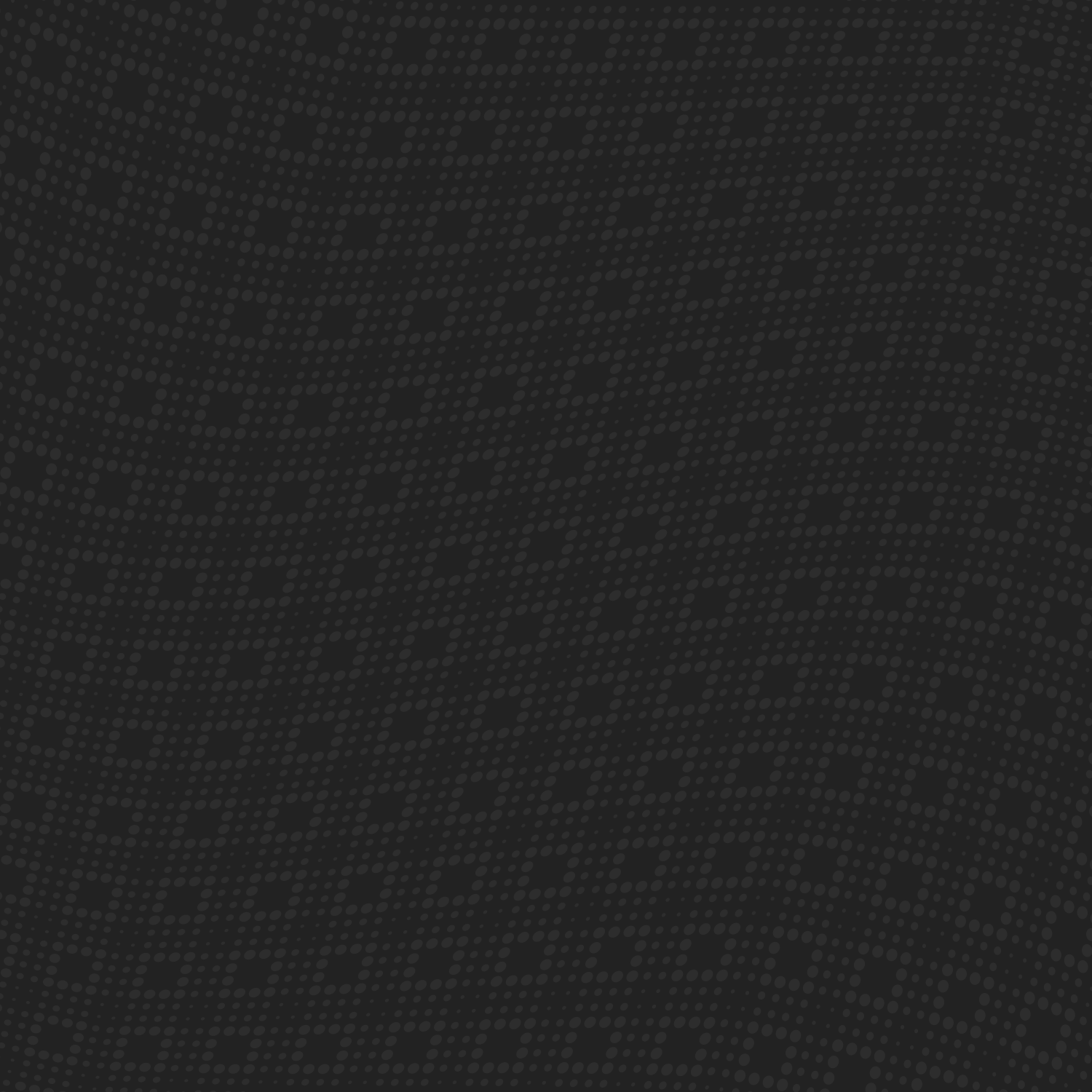D2S offers curvilinear solutions in the pixel domain to create curvy mask features and open the door to curvy designs. Curvilinear mask features have been shown not only to print more accurately, but also to print more reliably, which is good for both mask and wafer quality.

Curvy = Pixels
The advent of the multi-beam mask writer was a key to enabling practical application of curvy mask shapes. Multi-beam mask writers are pixel-based and therefore shape-agnostic when it comes to runtime – all masks with any shapes print within the same time. This opened the door for curvilinear mask shapes to become more pervasive without the runtime penalties that had been a major obstacle in the past.
With mask writing lined up for Entirely Curvilinear solutions, the questions about the viability of curvy solutions have turned to the rest of the manufacturing process.
Manufactured shapes on the mask have always been curvy — because of the corner-rounding physics of light — and any images of masks used in manufacturing have always been pixel-based, so all the tools and processes for metrology and inspection already handle curvy shapes. Manufacturing is ready for curvy masks today.
Currently, the datapath from computer-aided design (CAD) to manufacturing is a mix of pixel-based data and edge-based data, so some tweaking of the datapath will be needed to support a wholesale change to curvilinear features. Edge-based CAD processing will be slower in the world of curvy masks. D2S pixel-domain solutions address this issue.
O(p) = Manipulation in the Pixel Domain
In the datapath, anything that can be computed using edge-based tools can also be computed using pixels (and vice versa). Information theory, specifically the Nyquist-Shannon Sampling Theorem, established the mathematical basis for digitalization in the first half of the 20th century. This math also established the basis for pixel-based computing.
Today, this math is used routinely in many fields and applications. So while it may seem incredible that any smooth curve could be represented by pixels, we all know through everyday experience that this is true, because we see it in such things as television, LCD displays, and computer games. In semiconductor manufacturing, we see it in multi-beam mask writing.
D2S uses this same math to compute curvilinear ILT mask shapes in the pixel domain. Pixel-domain solutions offer the ability to manipulate complex curvy shapes (or any shape) without any runtime penalty. D2S presented a paper at SPIE Photomask Technology 2022 (awarded Best Paper) that confirms pixel-based computing also offers a very high degree of accuracy.
Abhishek Shendre, Aki Fujimura, Mariusz Niewczas, Tom Kronmiller, “You don’t need 1nm contours for curvilinear shapes: pixel-based computing is the answer,” Proc. SPIE 12293, Photomask Technology 2022, 1229307 (1 December 2022); doi: 10.1117/12.2643339
Pixel Domain = GPU-Based Computing
The shift to the pixel domain for masks naturally leads to the use of GPU-accelerated computing, which excels in pixel-domain computation. The D2S Computational Design Platform (CDP), with its GPU-accelerated approach, was a major enabler for the D2S TrueMask® ILT breakthrough for Entirely Curvilinear ILT masks.
The D2S GPU-accelerated pixel-level dose correction (PLDC) technology in the NuFlare Technology multi-beam writers performs mask process correction at the same time as the machine writes the mask. The result is zero impact on turnaround time for all mask shapes, including curvilinear masks. In addition, GPU-based computing is a foundation for most deep learning (DL) computations, which have become an important tool for complex, computation-heavy applications.
Opening the Door for Curvy Design
With the entire manufacturing chain ready for curvy, the door is open for curvy designs. The benefits of a curvy chip – smaller, faster chips that use less power – are a powerful enticement to look at curvy solutions on the design side as well.
In the meantime, D2S curvilinear solutions in the pixel domain are helping to drive next-generation manufacturing and paving the road for design to take the same path.
To learn more, explore some of our most recent publications on curvilinear masks and design. To view older publications on curvilinear masks and design, see our Timeline.